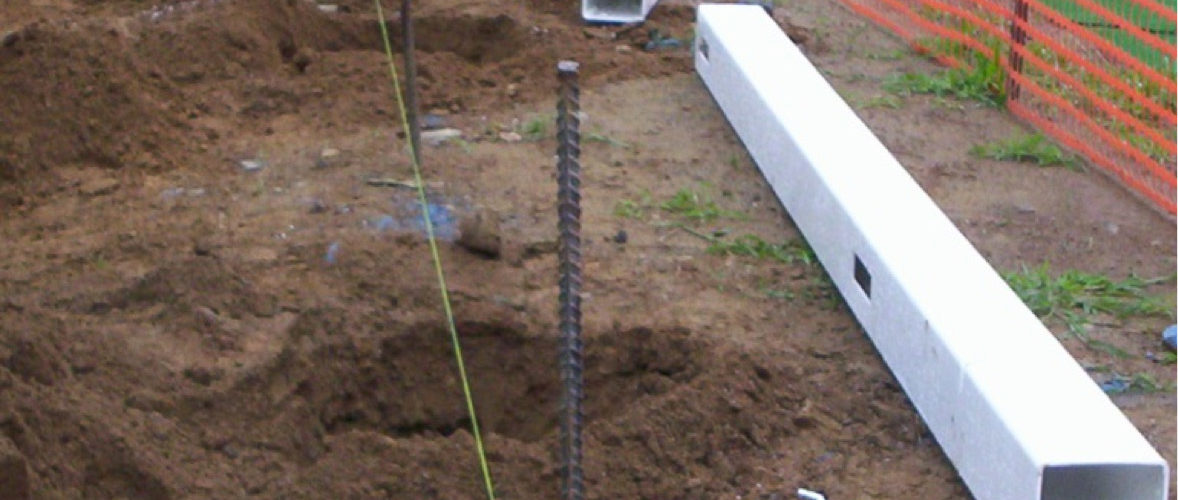A properly installed vinyl fence can provide both privacy and protection, but most homeowners share the misconception that fencing is too expensive to be considered an affordable home improvement project. The simple fact of the matter is that labor costs may in fact be high, but the good news is that it is completely possible to perform the install without professional assistance. The following tips should help a consumer understand the necessary process and how to install vinyl fence without special tools.
The most important step is to complete the selection process, and the actual installation techniques are going to depend on the specific fence purchased. Because various heights are available, an individual must decide on their desired application prior to beginning the shopping process. Privacy fencing is going to be either 4 feet or 6 feet high and is suitable for backyard purposes, but smaller picket fences are available and may be as short as 1 or 2 feet tall. Any gates or other special features should be picked out during the selection process as well.
The next step is to ensure that all supplies and materials are readily available, and this must be performed prior to the actual installation. There is nothing worse than beginning a job and discovering that it must stop until additional items are purchased.
Necessary Items and Supplies:
– Post Hole Digger
– Concrete Mix / Quikrete
– Shovel
– Hammer
– Level
– String (Fishing Line is OK)
– Small Corner Posts (Any small piece of wood will suffice)
– All Fencing Materials and Hardware
After the necessary supplies have been gathered, the next step is to complete the project layout. It is important to note that rough estimates can prove to be inaccurate, so it is always helpful to purchase more fencing materials than needed. Virtually every home improvement supplier has a return policy and will allow excess materials to be returned for a full refund. Each side of the area to be fenced should be measured, and small corner posts should be placed at the end of each side. Fishing line or other string can be stretched between the posts to help allow for a straight assembly.
Starting at either a gate or the corner that will intersect the home is the best idea, as these items are not easily moved. Holes should be dug as required by the fence panels. Many of the vinyl fence panels are 8 feet wide, but other widths are possible as well. It is helpful to use Quikrete or another instant concrete mix to enforce the poles that will be placed into the ground.
Once each panel is installed, the top of the line should be as level as possible. It is important to realize that various topographies and hills may make it very difficult to be perfectly level. As long as each vinyl fence panel correlates with the ones before it and after it, the project will be a success upon completion.
All of the panels should be installed using the same process over and over again. Many individuals will not pour the concrete down into the holes until the entire fence is complete, and this is an excellent way to enable mistakes to be fixed without a great deal of trouble.
A properly installed vinyl fence can provide a durable barrier for years to come, and an individual can save an incredible amount of money by performing the installation themselves. Using the above tips will certainly help the install to be completed as professionally as possible without paying a contractor to do the work.



